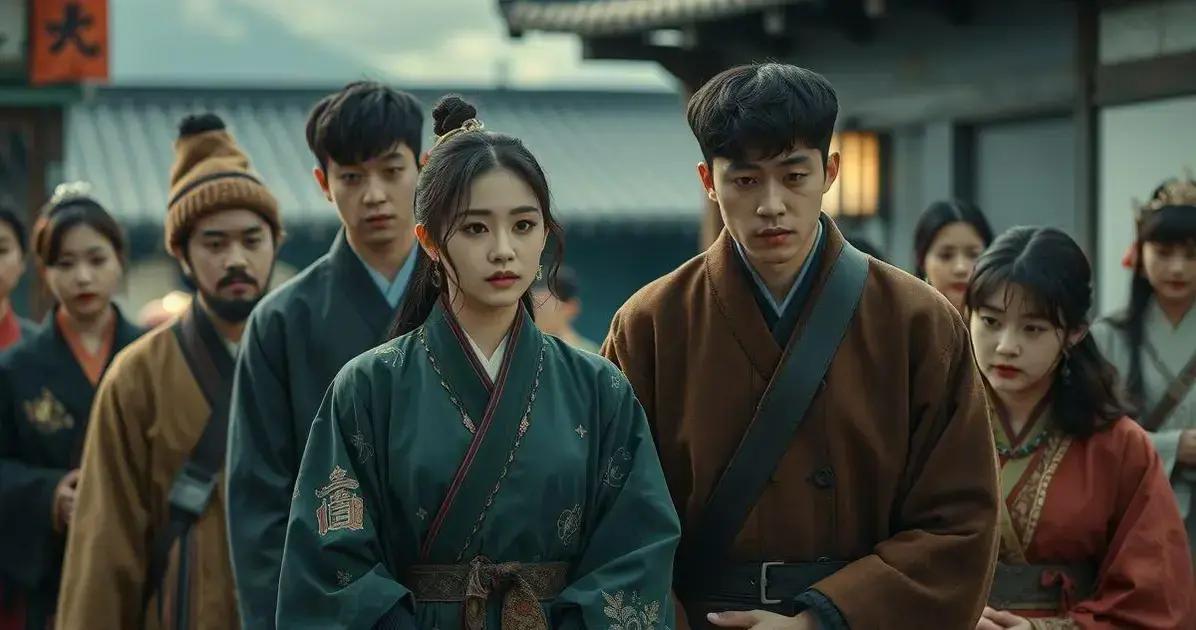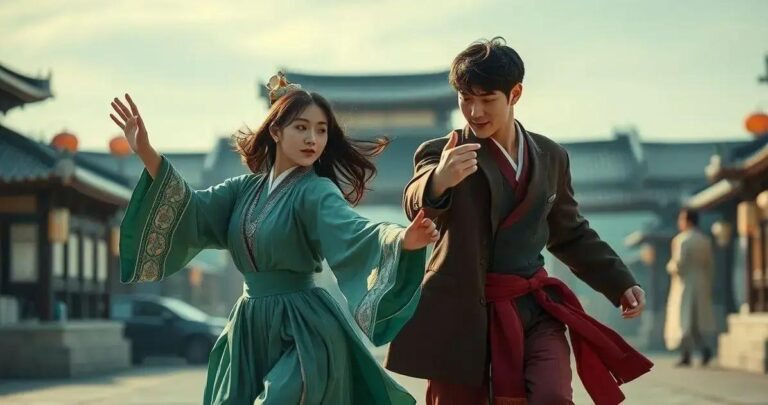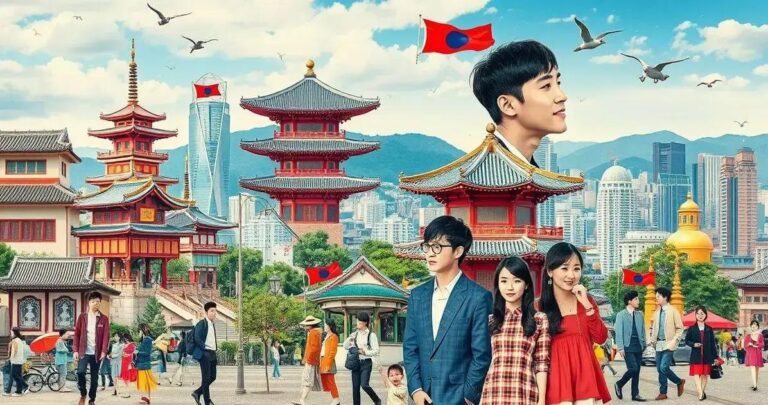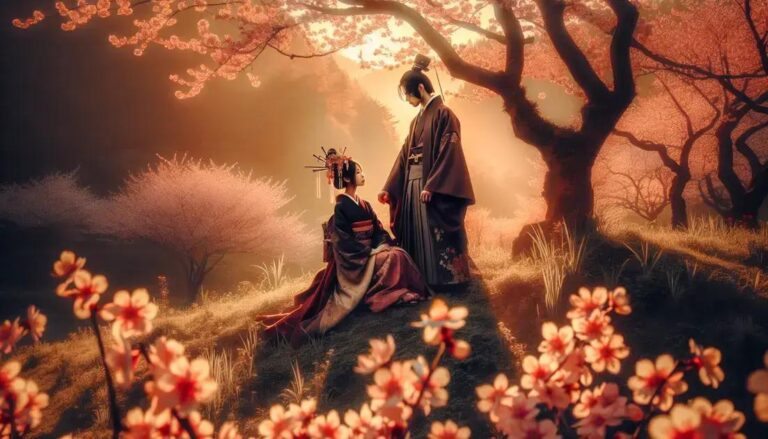Korean Drama: Dive Into the Fascinating World of Asian Series Now
Anúncios
**Korean dramas**, also known as **K-dramas** or **Asian dramas**, have taken the world by storm with their unique blend of storytelling, compelling characters, and emotional depth. Whether you’re new to the genre or a seasoned fan, the fascinating evolution of Korean drama offers something for everyone. From heart-fluttering romances to intense thrillers, these shows captivate audiences globally, leaving a lasting impact that transcends borders. Dive into the enchanting world of Korean drama, and discover why millions are hooked!
The Evolution of Korean Drama: From Past to Present
Korean dramas have undergone a remarkable evolution over the decades. Originally, these captivating series began airing in the 1960s, offering simple storytelling that mostly focused on family and historical narratives. As technology and society advanced, so did the complexity and themes of Korean dramas.
In the 1990s, the introduction of private cable channels broadened the diversity of content. Viewers were introduced to bolder, more engaging storylines and characters. This era also marked the beginning of the Korean Wave, or Hallyu, with dramas like “Winter Sonata” capturing audiences beyond Korea.
With the early 2000s, K-dramas saw an expansion in genres. Melodramas shared the spotlight with action-packed thrillers and light-hearted comedies. The production quality significantly improved, thanks to better budgets and technology. International streaming platforms further catapulted K-dramas into global consciousness, opening the doors for massive international fan bases.
Today, the evolution of Korean drama is evident in its diverse narrative styles and intricate character developments. Series like “Crash Landing on You” and “Parasite” showcase both local nuances and universal themes, making them resonate worldwide. The blend of traditional and modern storytelling continues to attract viewers, creating a lasting impact on the global entertainment landscape.
The Path Forward for Korean Dramas
The journey of Korean dramas from past to present is a testament to their adaptability and creative spirit. As they continue to innovate, these series promise to enchant new generations of fans both locally and internationally.
Top 10 Must-Watch Korean Dramas This Year

This year, the realm of Korean dramas has delivered a cornucopia of compelling stories that captivate viewers worldwide. Distinct narratives and outstanding performances set these shows apart, making them must-watches for any fan of the genre.
1. Vincenzo: This action-comedy stars Song Joong-ki as an Italian Mafia lawyer who returns to South Korea, offering a perfect blend of wit and intrigue.
2. Squid Game: A dystopian thriller where participants compete in children’s games for a life-changing cash prize, with high stakes at every turn.
3. Nevertheless: A romantic drama deftly exploring contemporary relationships, centered around a student in an art school.
4. My Roommate Is a Gumiho: A delightful fantasy about a 999-year-old nine-tailed fox who falls in love while trying to become human.
5. Hellbound: A gripping supernatural series where unearthly beings appear to condemn individuals to hell, questioning morality and existence.
6. Hospital Playlist 2: This medical drama continues to delve deeply into the lives and friendships of five doctors, blending humor and heartfelt moments.
7. D.P.: A poignant military drama tackling the challenges faced by deserters and the soldiers tasked with capturing them.
8. The Silent Sea: A sci-fi thriller set on the moon, where a team is tasked with retrieving mysterious samples from an abandoned research station.
9. Hometown Cha-Cha-Cha: A romantic comedy highlighting small-town charm and the unexpected romance between a dentist and a jack-of-all-trades.
10. Beyond Evil: This psychological drama keeps viewers on edge with its exploration of crime, morality, and duality within a seemingly tranquil village.
How Korean Drama Conquered Global Audiences
The global success of Korean drama is a remarkable phenomenon, rooted in captivating storytelling and universal themes. These series have seamlessly captured international viewers’ hearts, blending a rich tapestry of culture, emotion, and innovation.
K-dramas offer aesthetically pleasing visuals and a unique narrative pace that stand out in the entertainment world. The allure of well-developed characters and plot twists keeps audiences engaged, with every episode leaving them eager for more.
The power of Hallyu, or the Korean Wave, has propelled these dramas beyond Asia, primarily through global streaming services. Platforms like Netflix have played a pivotal role in making K-dramas accessible and convenient for viewers worldwide, translating content into multiple languages to cater to diverse audiences.
The strong sense of community among fans has amplified the reach of Korean dramas. Online forums, social media groups, and fan sites create a supportive space for viewers to discuss, analyze, and even meme their favorite series, further solidifying their global influence.
Another key factor is the meticulous craftsmanship in production. Soundtracks are thoughtfully curated to enhance storytelling, and high-quality cinematography elevates the viewing experience. Collaborative efforts between writers, directors, and actors result in compelling series that resonate across cultures.
Ultimately, the universal themes of love, friendship, and resilience in Korean dramas offer relatable narratives that connect with viewers’ personal experiences, making them beloved across continents.
The Cultural Impact of Korean Dramas Across Asia
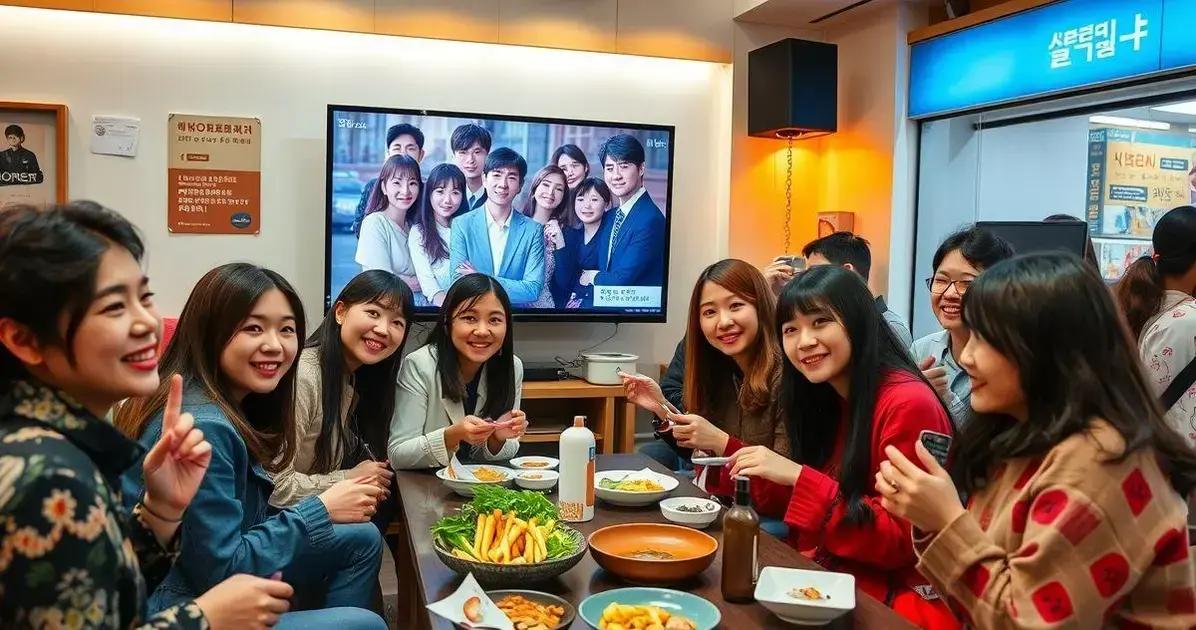
Korean dramas have significantly influenced cultural dynamics across Asia, reflecting shared values and sparking interest in South Korean lifestyle and traditions. The popularity of K-dramas has fostered a deeper understanding and appreciation of Korean culture, especially among younger audiences.
Dramas like “Descendants of the Sun” and “Goblin” have brought Korean fashion, food, and customs into the limelight, making them trend across the continent. Viewers often emulate the styles of beloved characters, promoting Korean brands and fashion houses.
Language learning has also surged, with more people eager to understand dialogues without subtitles. This interest in the Korean language enhances cultural exchange and interaction, boosting tourism and educational exchanges with Korea.
The portrayal of universal themes such as love, family bonds, and personal growth resonates deeply within Asian societies. This connection amplifies the emotional impact of these dramas, encouraging audiences to reflect on their own experiences and cultural identities.
Hallyu has also paved the way for partnerships and collaborations across the Asian entertainment industry. Regional remakes and adaptations of Korean dramas are becoming more common, fostering innovation and creative exchanges among producers and creators.
Moreover, the impact of K-dramas extends to an economic boost, with increased demand for Korean products and tourism services. Fans flock to filming locations, enhancing travel experiences and contributing to the local economies where these series are produced.
Exploring Different Genres in Korean Dramas
Korean dramas offer an exciting array of genres, each providing something unique for every taste. Romantic dramas remain a favorite, with their engaging plots and memorable characters that tug at heartstrings. Series such as “Crash Landing on You” craft perfect blends of romance with humor, keeping viewers enthralled.
The thriller and mystery genres keep audiences on the edge of their seats, with tight plots and unexpected twists. Examples like “Signal” or “Vagabond” demonstrate intricate storytelling and sharp suspense that captivate attention.
Historical dramas transport viewers to different eras, combining cultural depth with compelling narratives. Shows like “Moon Lovers: Scarlet Heart Ryeo” explore historical events and dynastic intrigues, often supplemented by dazzling costumes and sets.
Fantasy and sci-fi dramas provide imaginative escapism, with series like “Goblin” and “The Legend of the Blue Sea” introducing supernatural elements that blur the lines between the real and the fantastical. The creativity within these stories challenges boundaries and inspires wonder.
Family dramas offer heartfelt reflections on relationships, love, and personal growth, delivering warm stories that resonate deeply with viewers. Titles like “Reply 1988” provide nostalgic glances into past decades while exploring family dynamics.
Comedies bring light-hearted relief with their clever humor and entertaining situations, forging connections through laughter. Series like “Welcome to Waikiki” showcase comedic timing and amusing scenarios, ensuring enjoyable viewing experiences for all.
Behind the Scenes: Making of a Korean Drama

The creation of a Korean drama involves a meticulous process, blending creativity with precision. From the conception of a script to the final edit, every step in the production is essential to bring these beloved series to life.
It starts with the scriptwriters, whose role is crucial. They craft engaging narratives filled with intricate plots and relatable characters. Once a script is completed, casting directors work to find the perfect actors who can embody the story’s vision.
Pre-production is another vital phase where directors and producers plan every scene in detail. They collaborate with set designers and costume coordinators, ensuring that the visual aesthetics align perfectly with the story’s tone and period.
Filming is an intense process involving long hours on set. Directors guide the actors to capture genuine emotions, while cinematographers ensure that each shot is well-framed and visually compelling. It is common for scenes to be filmed out of sequence to optimize scheduling.
In post-production, editors piece together the footage, adding soundtracks and visual effects to enhance storytelling. Music directors choose songs that evoke the right feelings, making soundtracks an essential part of the drama’s allure.
The teamwork behind a Korean drama exemplifies dedication and passion, showcasing the collaborative effort needed to produce shows that captivate audiences globally.
The Captivating World of Korean Dramas
Korean dramas have undeniably enchanted viewers around the world, weaving together captivating narratives, diverse genres, and rich cultural insights. From exploring the evolution and global influence of these series to understanding the dedication behind their production, the allure of K-dramas is truly unmatched.
Whether you’re diving deep into romantic moments, thrilling mysteries, or historical escapades, Korean dramas continue to captivate with their universal themes and innovative storytelling.
The ongoing cultural exchange promoted by K-dramas enhances our understanding of different cultures and perspectives, demonstrating the powerful role of entertainment in bridging communities globally.
As the popularity of Korean dramas continues to soar, embracing these stories allows us to connect on a broader scale, appreciating the artistry and passion that fuel this fascinating world.
FAQ – Frequently Asked Questions about Korean Dramas
What makes Korean dramas unique compared to other series?
Korean dramas are known for their engaging storytelling, well-developed characters, and cultural depth, often blending romance, adventure, and fantasy in compelling ways.
How did Korean dramas gain global popularity?
Through platforms like Netflix and engaging plotlines, Korean dramas have reached global audiences, enhanced by the Korean Wave and international fan communities.
What are some must-watch Korean dramas from this year?
Some must-watch dramas include ‘Vincenzo,’ ‘Squid Game,’ and ‘Hometown Cha-Cha-Cha,’ each offering unique narratives and captivating performances.
How do Korean dramas influence culture across Asia?
Korean dramas have impacted Asian culture by promoting Korean fashion, language, and values, and fostering cross-cultural exchanges and collaborations.
What genres are most popular in Korean dramas?
Popular genres include romance, thriller, historical, fantasy, and comedy, each offering distinct themes and storytelling styles attractive to a variety of audiences.
What is the process behind making a Korean drama?
The making of a Korean drama involves scriptwriting, casting, detailed planning, filming, and post-production, with a focus on collaborative creativity and high-quality production.

